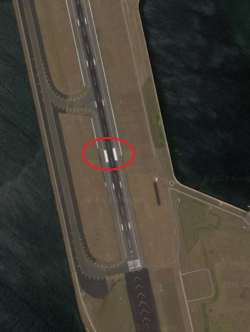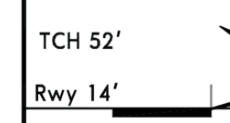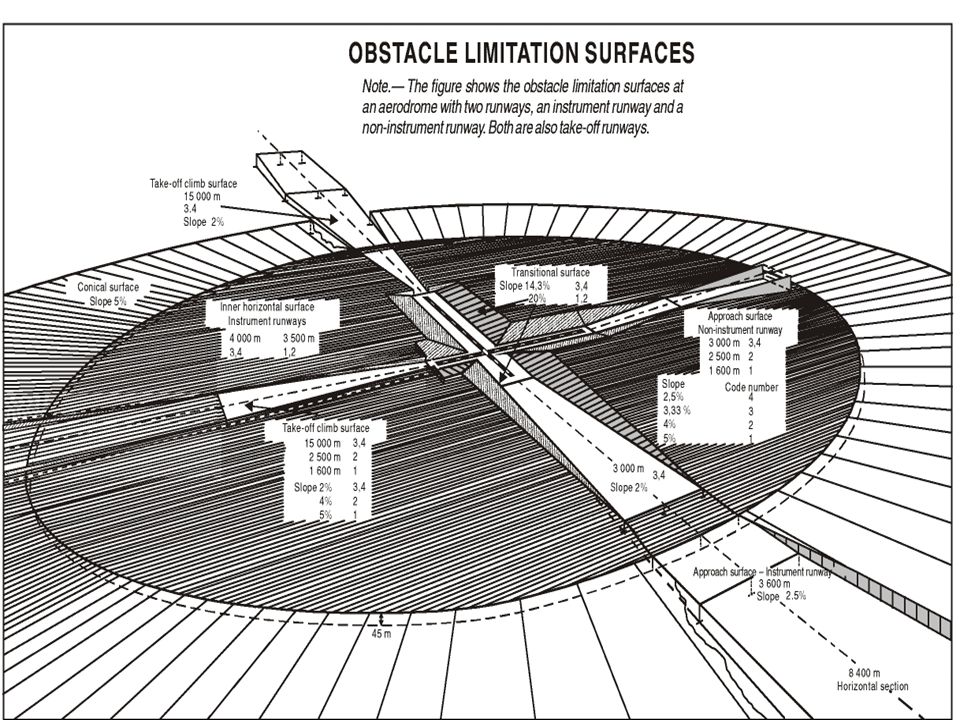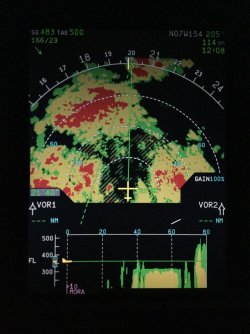JB did you ever land the big bus on 27 in Melbourne? Seems rare.
Also would have apply any different technique for the big girl on a smaller runway like 27? As in wheels on the keys and not a moment at later? Ie- slam it down if it’s starting to float?
Also would have apply any different technique for the big girl on a smaller runway like 27? As in wheels on the keys and not a moment at later? Ie- slam it down if it’s starting to float?



















